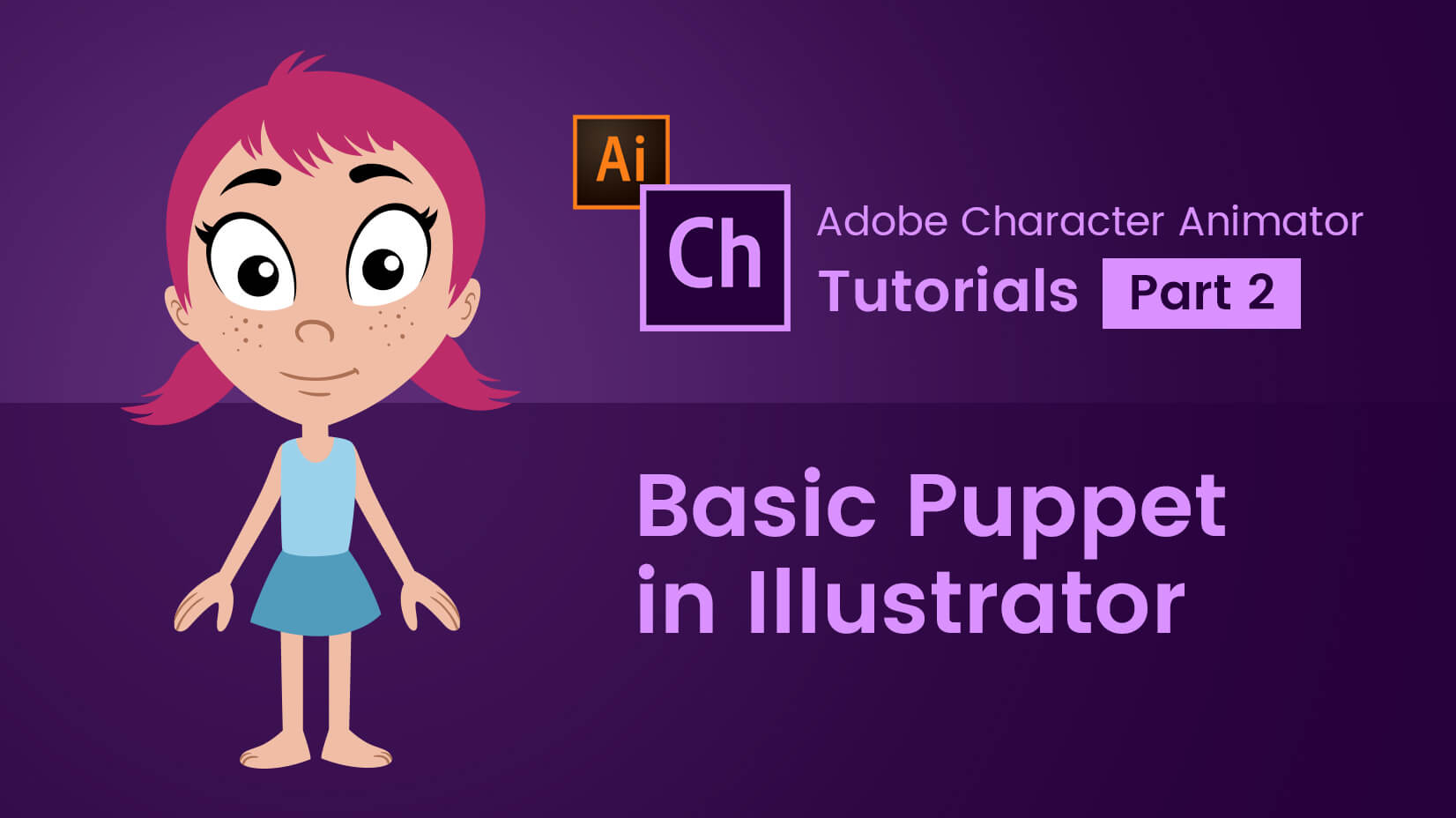
If you want to double check any of the bindings you can click the Configure button and modify the connections from your animation to the Unity Avatar.If this were a custom animation you'd need to change the Animation Type from Generic to Humanoid and hit the Apply button.

With the Idle clip you'll notice the Animation Type is already set to Humanoid and there is a check mark next to the Configure button.Click the Rig tab to check that the animation's rig is properly attached to the Unity Avatar:.
#Character animator tutorials plus
However, for the facial animations recorded with Face Plus you'll have to adjust the timing in the Animator Controller (discussed shortly) and modify any keyframes from within the Animation Window (discussed Facial Mocap tutorial). You can use these same settings to adjust animations you have downloaded from Mixamo or recorded with the Body suit.Or just put in new frame numbers ion the Start and End fields. You can also adjust the In-Out points of your animation with the timeline and the blue markers.If you want your animation to loop you'll need to make sure these are checked (most of your animations won't loop). Notice the Idle animation is set up to loop: Loop Time and Loop Pose are both checked.Not much happens though because it's just an idle animation. You can preview the animation with a default Unity model in the Preview Window below the parameters by pressing the Play arrow.Check the parameters of the Idle animation by clicking over to the Animations tab in the Inspector Window:.Any animation clips from Mixamo or motion captured with the Mocap suit will be imported in this way, as models with animations attached. This is because the animation was imported as part of an. You'll notice that in the Inspector Window this clip looks the same as a character model with Model, Rig and Animation tabs. There are several animations located in this folder ( Idle, Walk, Run), and more animations in sub-folders. Open the Machinima Package > Animations > Body Animations folder.If you are using an EventController (see the Event System lesson) add the Collision_Connection script and drag in the Controller Game Object.Set the radius to: 0.25 (depending on the bulk of the character).Add Component and choose Capsule Collider.In the Rigidbody component uncheck the Use Gravity button.With your character selected, in the Inspector Window click Add Component and search for Rigidbody.Add a Rigidbody and a Capsule Collider: These are two components you'll need in order to properly interact with other objects.Make sure the Connect the model to the Avatar step worked properly and all the joints are properly attached in the Avatar window. If not the skeleton has not properly connected. With your character in the view of the scene's camera hit the play button and see it the character assumes the Idle animation.For testing purposes grab the Standin Animator Controller from the Machinima Package > Animations folder, and drag it into the Controller slot on the Animator Component.If there isn't an Animator click the Add Component and search for Animator. The two components already added to the character should be Transform & Animator.




 0 kommentar(er)
0 kommentar(er)
